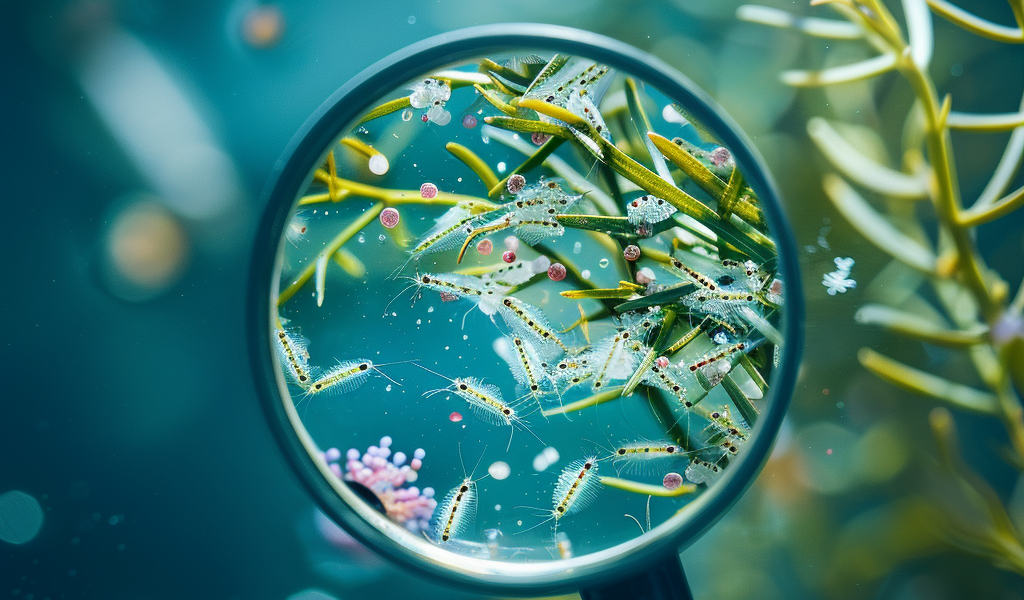Recent research conducted by scientists at the University of Birmingham has shed light on the alarming impact of microplastics and per- and polyfluoroalkyl substances (PFAS) on aquatic ecosystems. Published in the journal Environmental Pollution, the study underscores the significant risks posed by these pollutants when they coexist in water bodies.
Microplastics, which are tiny plastic particles originating from various sources such as clothing fibers, packaging, and plastic bottles, have become a pervasive environmental issue. PFAS, commonly referred to as ‘forever chemicals,’ are a group of synthetic substances found in everyday items, including firefighting foams, non-stick cookware, and water-resistant clothing. These chemicals are notorious for their resistance to degradation, leading to their accumulation in ecosystems and posing substantial threats to both wildlife and human health.
One of the most concerning aspects of PFAS and microplastics is their ability to travel vast distances through aquatic systems, potentially reaching remote areas like the Arctic. These pollutants are often released simultaneously from consumer products, yet the combined effects of their presence, as well as their interactions with other environmental contaminants, remain poorly understood.
In their investigation, researchers focused on Daphnia, commonly known as water fleas, which are frequently used in pollution monitoring due to their heightened sensitivity to chemical exposure. This sensitivity makes them an ideal model for assessing safe chemical thresholds within aquatic environments.
The study involved two distinct groups of Daphnia: one that had never been exposed to pollutants and another with a history of chemical contamination. This innovative approach utilized Daphnia’s unique ability to enter dormant states, allowing scientists to ‘resurrect’ older populations with varied exposure histories.
Throughout their entire lifecycle, both groups of Daphnia were subjected to a combination of irregularly shaped microplastics and two specific PFAS chemicals at concentrations typically found in freshwater lakes. The results were striking; the interaction between PFAS and microplastics led to significantly more severe toxic effects compared to when each pollutant was tested in isolation.
Among the most alarming findings were developmental issues, including delayed sexual maturity, stunted growth, and increased rates of aborted eggs, leading to fewer offspring. Notably, Daphnia with a prior history of pollutant exposure exhibited heightened vulnerability to these harmful effects, illustrating the compounding risks of environmental contamination.
The study further revealed that the combination of microplastics and PFAS resulted in greater harm than anticipated, with 59% of the interactions being additive. This means that the toxic effects of these pollutants are not merely the sum of their individual impacts but can be exacerbated when they coexist in the environment.
As awareness of the dangers posed by microplastics and PFAS grows, this research highlights the urgent need for further investigation into their combined effects on aquatic life. Understanding these interactions is crucial for developing effective environmental policies and mitigation strategies to protect ecosystems and public health.
With the ongoing presence of these pollutants in our water systems, the implications of this study extend beyond the laboratory. The findings serve as a call to action for policymakers, environmentalists, and the general public to address the pervasive issue of plastic pollution and the use of harmful chemicals in consumer products.
As research continues to unfold, the hope is that greater awareness and understanding of microplastics and PFAS will lead to more sustainable practices and a healthier environment for future generations.





